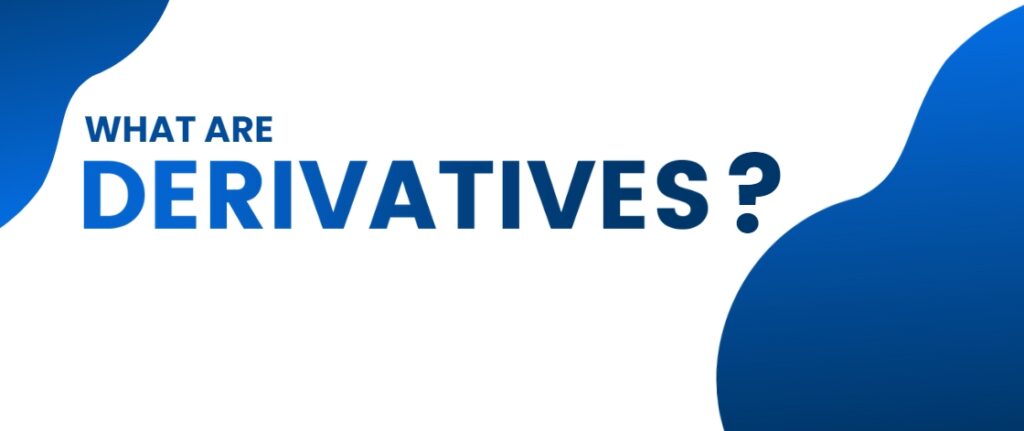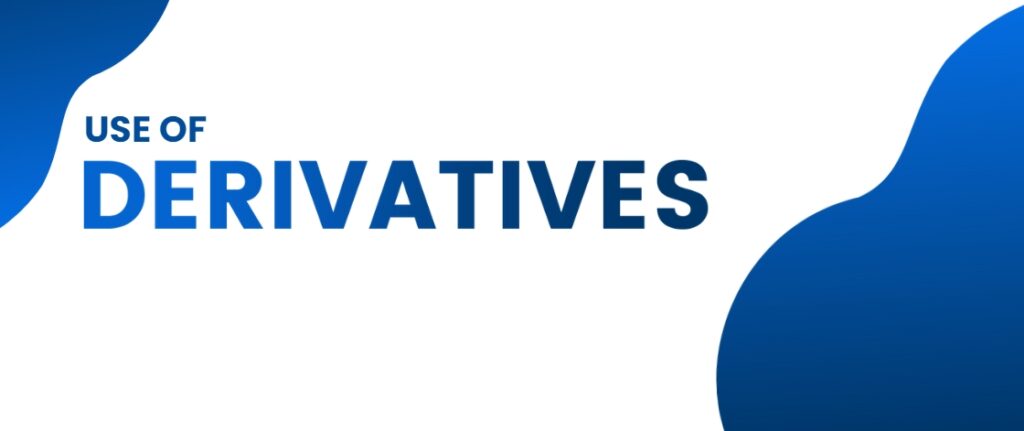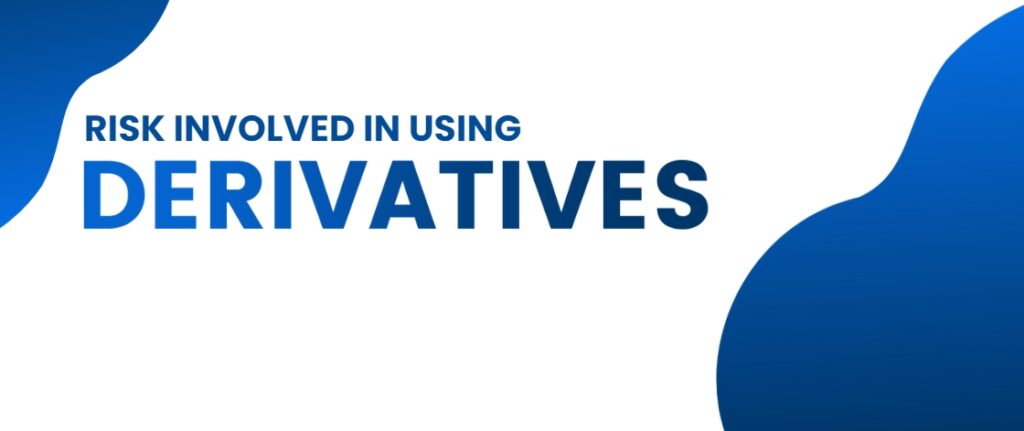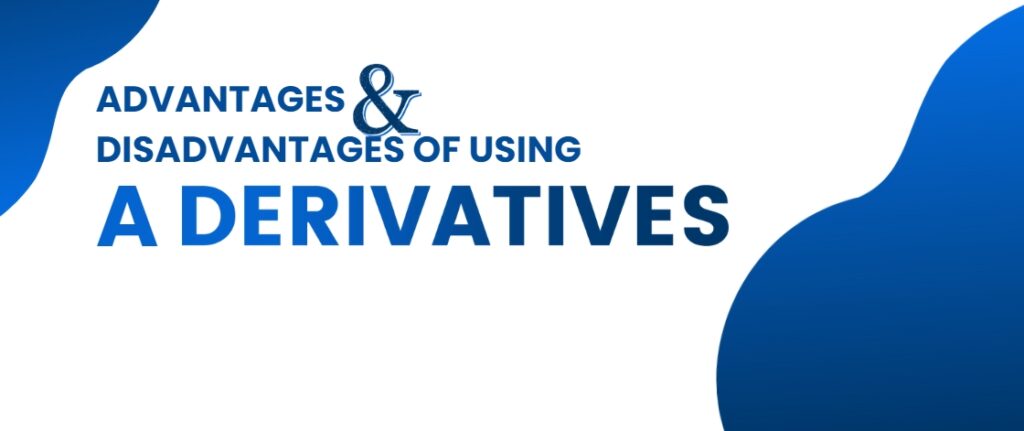
Derivatives are financial instruments whose value is derived from an underlying asset, such as stocks, bonds, commodities, or currencies. In other words, they are contracts between two parties that specify the conditions under which payments are to be made between them based on the value of the underlying asset that each party owns. Options, futures, swaps, and forward contracts are examples of derivatives that are used to control risk. They take the risk of speculating on future market movements in order to maximize profits on investments.
Hedge funds use derivatives extensively to gain wide exposure to various assets, hedge against potential losses, and speculate on market movements. However, the use of derivatives also comes with significant risks, and their complexity can make them difficult to understand for the average investor.
In this article, we will explore the world of derivatives and how hedge funds use them to achieve their investment objectives.
What are Derivatives?

Understanding derivatives is not so complicated because derivatives have evolved into an essential component of modern financial markets, allowing investors to minimize risk while maximizing rewards. Because of the potential for big profits and the flexibility they provide, hedge funds, in particular, have become significant consumers of derivatives. Derivatives, on the other hand, may be extremely complicated products that need a thorough grasp of market dynamics as well as sophisticated trading tactics.
In this post, we will look at futures, options, and swap derivatives and how hedge funds utilize them to navigate the complicated financial landscape. We will also look at the benefits and hazards of these instruments and their use in financial markets.
Use Of Derivatives

The purpose of derivatives is to manage financial risk, speculate on price movements, and provide market liquidity. There are several types of derivatives, such as futures contracts, options contracts, and swaps. Because of their complexity, they are not used for simple selling and buying investment. They are used in the following ways to help out the investors.
- Hedging a Financial Position: Investors can use derivatives in order to protect themselves from potential losses in their investment portfolio. If they are concerned about the direction in which the value of an asset will go in the future.
- Predictions on an Asset’s Price: Investors who believe that an asset’s value is likely to change significantly, they will be able to use derivatives to make bets on whether it would gain or lose value in the coming future.
- Investment Portfolio Diversification: Investment portfolios can be diversified with the help of different types of derivatives. An investor can take advantage of futures contracts in several ways, including investing in a basket of commodities.
- Improve the Efficiency of Funds: It is important to note that the majority of derivatives are margin-powered, which means that you can enter into them with a very small amount to put up. This can also increase returns compared to putting all of your money in one place.
Regardless of their wide range of possibilities, derivatives are associated with a great deal of risk that must be carefully managed. It’s important for investors to have a solid understanding of the underlying assets and market dynamics before using any kind of derivatives in their investment strategies.
There are some risks involved in using derivatives.
If you need some ideas about what to read next, here they are:
Risk Involved in Using Derivatives

The derivative can sometimes be risky, and the following are the associated risks.
- Counterparty Danger: Derivatives have a significant risk of the opposite party in an agreement defaulting, especially when traded over the counter. Derivatives have no inherent value and are ultimately worth only the trustworthiness of the individuals or organizations who consent to them.
- Changing Conditions: Investing in derivatives that are contractually bound to preset prices might lead to wealth or misery. Depending on the margin you agreed to, you may have to honor big losses if you agree to futures, forwards, or swaps.
- Complex: Investing in derivatives can get complicated quickly, particularly for investors unfamiliar with the investment types. Furthermore, they require a level of industry knowledge and active management that may not appeal to investors used to traditional hands-off investing.
Various derivatives serve a variety of purposes, and each plays an important role in some way. In the next section, we’ll discuss derivatives and their types.
Types Of Derivatives

A derivative is typically divided into four types: a futures contract, a forward contract, an options contract, and a swap contract.
We’ll examine how derivatives work today and how they can be used in a variety of ways.
- Futures Contract: A futures contract is an agreement between two parties to purchase and sell an item at a certain price on a future date. Since futures contracts commit parties to a certain price, they can be used to mitigate the risk that the price of an item rises or decreases, forcing someone to sell assets at a huge loss or acquire them at a significant markup. On the other hand, futures contracts lock inappropriate pricing for both parties based on their current knowledge.
- Forwards Contracts: The forward contract is similar to the futures contract but is not traded on an exchange like the futures contract. These contracts only trade over the counter. Buyers and sellers can customize a forward contract’s terms, size, and settlement process. Due to their OTC nature, forward contracts carry a higher degree of counterparty risk for both parties.
- Options Contracts: Like a futures contract, an options contract is an agreement between two parties to buy or sell an asset at a specified price at a future date. The main difference between options and futures is that the buyer is not obligated to follow through with their agreement. Unlike futures, it is only an opportunity.
- Swaps Contracts: One of the most popular types of derivatives is the swap, which allows one cash flow to be exchanged for another. A trader, for example, may utilize an interest rate swap to convert a variable interest rate loan to a fixed interest rate loan or vice versa.
Several forms of derivatives serve diverse functions for investors, and this diversification sometimes results in an advantage or disadvantage.
Advantages and Disadvantages of Using a Derivatives

As in the whole blog, we have discussed how useful derivatives are, but we can’t forget that they are only for the risk takers. There is no doubt that they are useful tools for investors, but they are risk providers too.
So let’s bring out the advantages and disadvantages of derivatives.
Advantages
- Derivatives can work in unfavorable conditions, too, and lower exposure to risk by purchasing assets in a different position to minimize loss.
- Derivatives help investors to get the hang of the new market and its new strategies and drawbacks.
- Derivatives help us in growing with the help of leverage.
Disadvantage
- Because the derivative has no intrinsic value (it is only worth what the underlying asset is worth), it is sensitive to market emotion and risk.
- Derivatives are often leveraged instruments, and applying leverage has two consequences. While it might enhance the pace of return, it also accelerates the accumulation of losses.
- Derivatives continue to change with the amount of time to expiration.
Derivatives offer both advantages and disadvantages, but if you are well prepared for the coming situations, then derivatives can do wonders in maximizing your returns.
Bottom Line
The article delves into the complicated world of derivatives and how hedge funds employ futures, options, and swaps to maximize returns. It begins with an overview of derivatives, their several sorts, and how they function. Then the article discusses the usage of derivatives and how hedge funds employ them to achieve their investing goals. The pros and hazards of derivatives are also thoroughly examined. Before employing derivatives in an investing plan, one should need to have a strong grasp of the ongoing market dynamics.
While derivatives may be complex and dangerous, they have become a key component of contemporary financial markets, allowing investors to avoid risk while increasing gains. Because of the possibility for large returns and the flexibility they enable, hedge funds in particular have become prominent users of derivatives.
Join Our Newsletter
Elevate your financial game & join the ranks of elite investors with Secvolt’s exclusive newsletter.
Join Our Newsletter
Elevate your financial game & join the ranks of elite investors with Secvolt’s exclusive newsletter.
Don’t just dream of wealth; achieve it with Secvolt. Schedule a call today for personalized guidance on your investment strategy and join the ultra-successful.
Ready to unlock your wealth’s truest potential & cherish affluence?
Secvolt, our hedge fund, sets the bar high with a record-breaking performance of 262% returns in 2022. With the brilliance of our highly advanced quant models and the efficiency of our risk mitigation protocols, we are yet to see a loss!
We’re the perfect ally to help you succeed financially and build the lasting legacy you have always aspired for.
Get in touch today. YOUR LEGACY AWAITS YOU…





